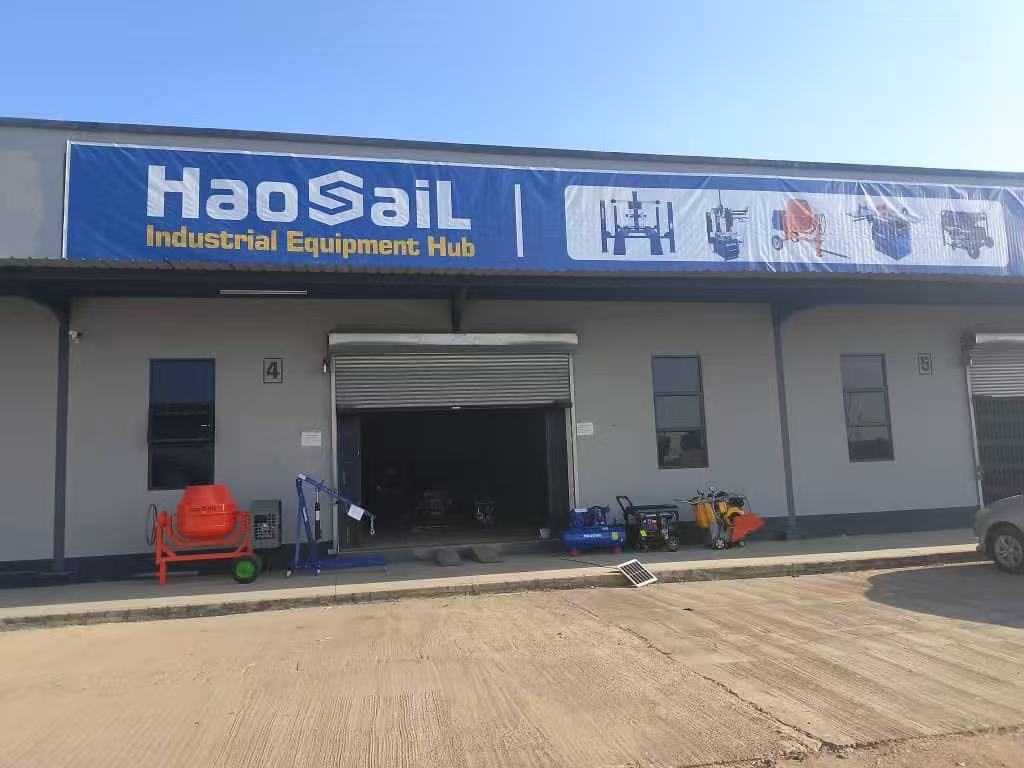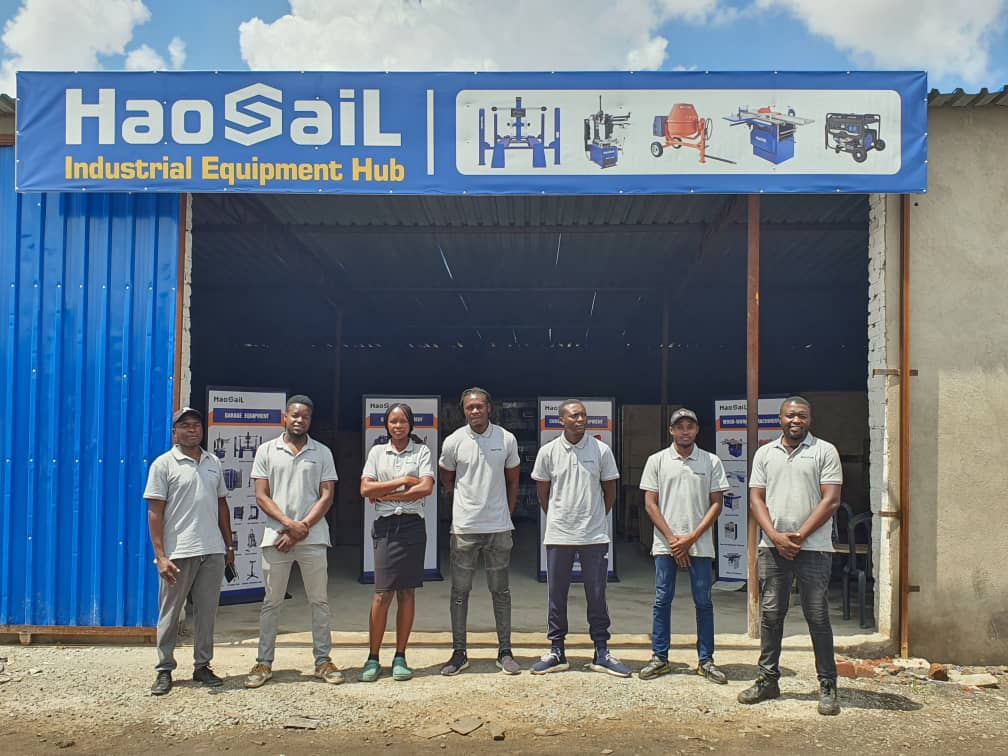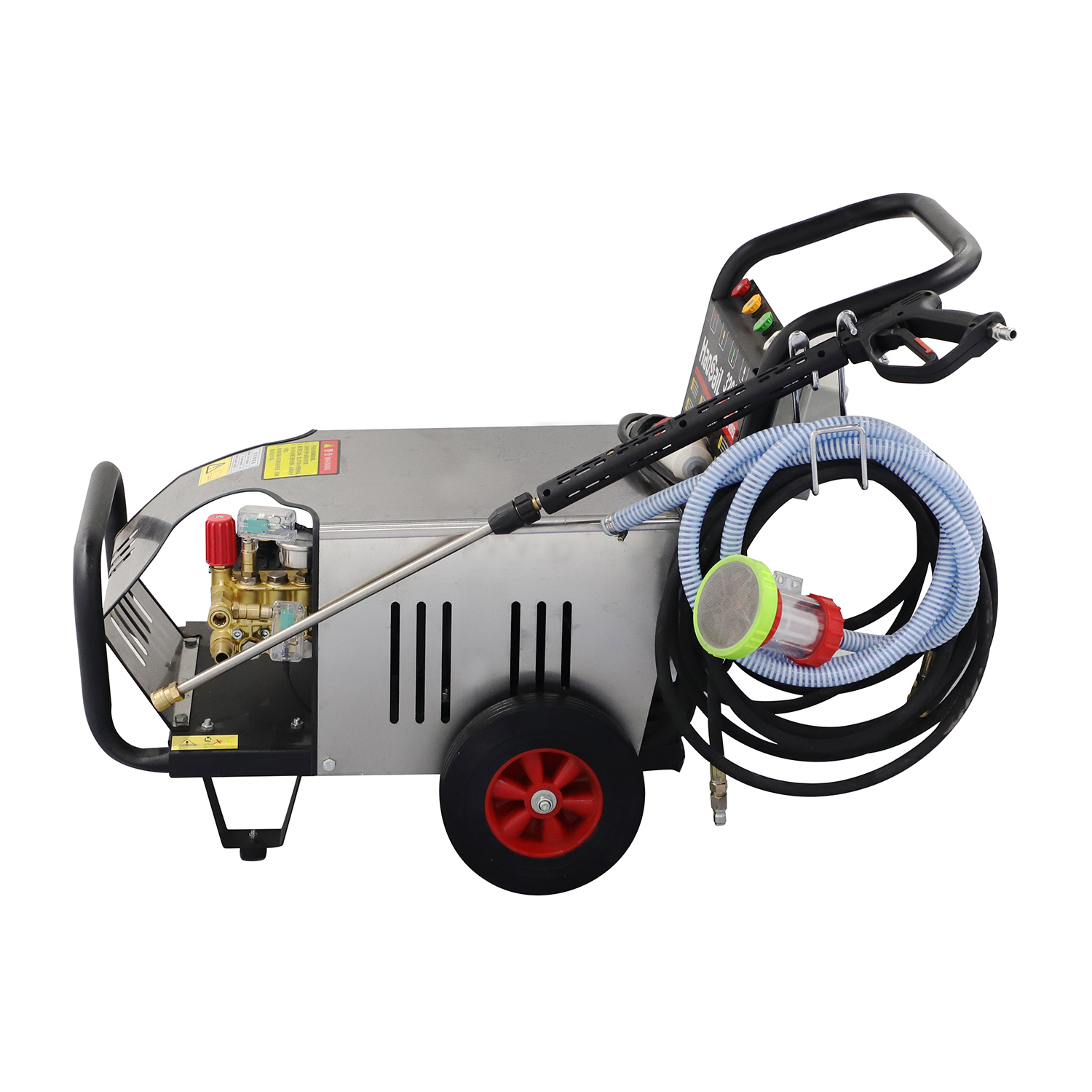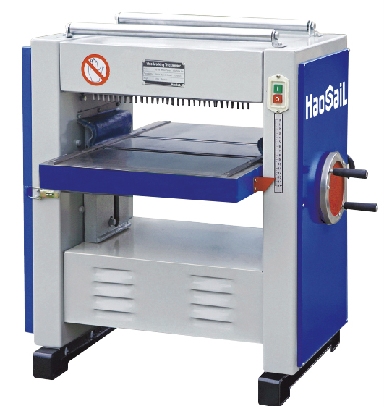
Aug 27, 2025

Aug 12, 2025

Jun 04, 2025

May 30, 2025
B4, Qingdao High-Tech Zone, No. 17 Songyuan Road, Qingdao.
+86 13864822549
**Enhanced Performance of Single-Sided Woodworking Thicknesser Planers: Minimizing "Gnawing Head and Tail" for Superior Surface Quality**
The single-sided Woodworking Thicknesser planer (also commonly referred to as a planer) is one of the most essential pieces of equipment in the wood processing industry, widely used for achieving uniform thickness and smooth surfaces on lumber. However, a persistent and troublesome issue has long plagued its operation: the phenomenon known as "gnawing head and tail," where the leading and trailing ends of the workpiece are unevenly planed, resulting in poor flatness. This defect not only compromises the aesthetic quality of the finished product but also leads to material waste and increased rejection rates, ultimately affecting production efficiency and profitability.
Traditional Woodworking Thicknesser planers often struggle with this problem due to factors such as inconsistent feed pressure, improper roller alignment, or suboptimal cutterhead design. When the workpiece enters the machine, the initial and final sections may experience uneven pressure, causing excessive material removal at the ends—hence the "gnawing" effect. This issue is particularly pronounced when processing softer woods or longer boards, where stability during feeding becomes more challenging.

To address this long-standing challenge, our team has developed an **innovative, updated design** that significantly mitigates the "gnawing head and tail" effect, which has long plagued woodworking and milling operations. This effect, characterized by uneven material removal at the entry and exit points of the workpiece, has been a persistent issue, leading to suboptimal finishes and increased material waste. Our new design tackles this problem head-on with several key improvements:
1. **Woodworking Thicknesser Advanced Feed Mechanism**
Our advanced feed mechanism represents a major leap forward in ensuring consistent grip and smooth feeding throughout the entire length of the workpiece. By enhancing the roller pressure distribution, we have minimized the chances of slippage or inconsistent feed rates. This consistent grip ensures that the workpiece moves uniformly through the machine, reducing end-section deviations and improving overall machining accuracy. Whether the workpiece is long or short, thick or thin, the advanced feed mechanism maintains a steady hold, delivering superior results.
2. **Optimized Cutterhead Geometry of Woodworking Thicknesser**
At the heart of our design is a redesigned cutterhead with optimized geometry. Improved blade alignment ensures that each blade makes precise contact with the workpiece, minimizing tear-out and splintering. This is especially critical at the entry and exit points, where uneven material removal often occurs. By ensuring more uniform material removal, our cutterhead not only enhances the surface finish but also extends the life of the blades, reducing maintenance costs and downtime. The optimized geometry also allows for better chip evacuation, further improving the machining process.
3. **Stabilized Bed Support of Woodworking Thicknesser**
To address the issue of workpiece flexing, which can lead to uneven machining and compromised flatness, we have introduced a stabilized bed support system on Woodworking Thicknesser. Reinforced bed rollers and support plates provide robust support to the workpiece throughout the machining process. This prevents any flexing or deformation, ensuring that the workpiece maintains its flatness from start to finish. The stabilized bed support is particularly beneficial for longer or thinner workpieces, which are more prone to flexing under machining forces.
4. **Intelligent Pressure Adjustment**
One of the most innovative features of our design is the intelligent pressure adjustment system. This system automatically modulates the pressure applied to the workpiece based on its wood density. Different types of wood have varying densities, and traditional machines often struggle to adapt to these differences, leading to uneven planing. Our intelligent pressure adjustment system solves this problem by continuously monitoring the wood density and adjusting the pressure in real-time. This ensures consistent material removal and reduces the risk of uneven planing, regardless of the wood type being processed.
In summary, our Woodworking Thicknesser innovative design combines advanced technology with practical improvements to address the "gnawing head and tail" effect. By integrating an advanced feed mechanism, optimized cutterhead geometry, stabilized bed support, and intelligent pressure adjustment, we have created a solution that delivers superior machining results, improved surface finish, and enhanced operational efficiency. This design not only mitigates a long-standing industry challenge but also sets a new standard for precision and reliability in To address the issue of workpiece flexing, which can lead to uneven machining and compromised flatness, we have introduced a stabilized bed support system on Woodworking Thicknesser and milling operations.
These refinements result in **markedly improved surface flatness and finish quality**, reducing material waste and minimizing the need for secondary processing. Whether for fine furniture production, cabinetry, or structural wood components, our upgraded thickness planer delivers **higher precision, greater efficiency, and superior product consistency**, setting a new standard in woodworking machinery performance.
By tackling the "gnawing head and tail" problem at its root, our design not only enhances productivity but also elevates the overall quality of wood products, giving manufacturers a competitive edge in an industry where precision and finish are paramount.